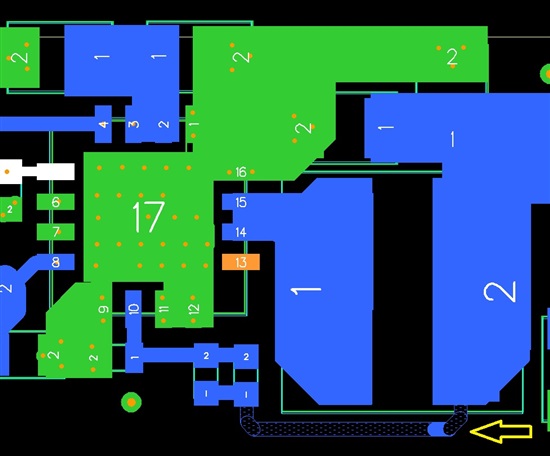Is there a small signal model available for frequency compensation for the TPS62110? For example, TPS54620 has a small signal model for frequency compensation on page 20 of its data sheet.
Also, is it possible to increase the frequency of the TPS62110 internal saw-tooth generator?
Thank you.
Regards,
Eric Hooker



